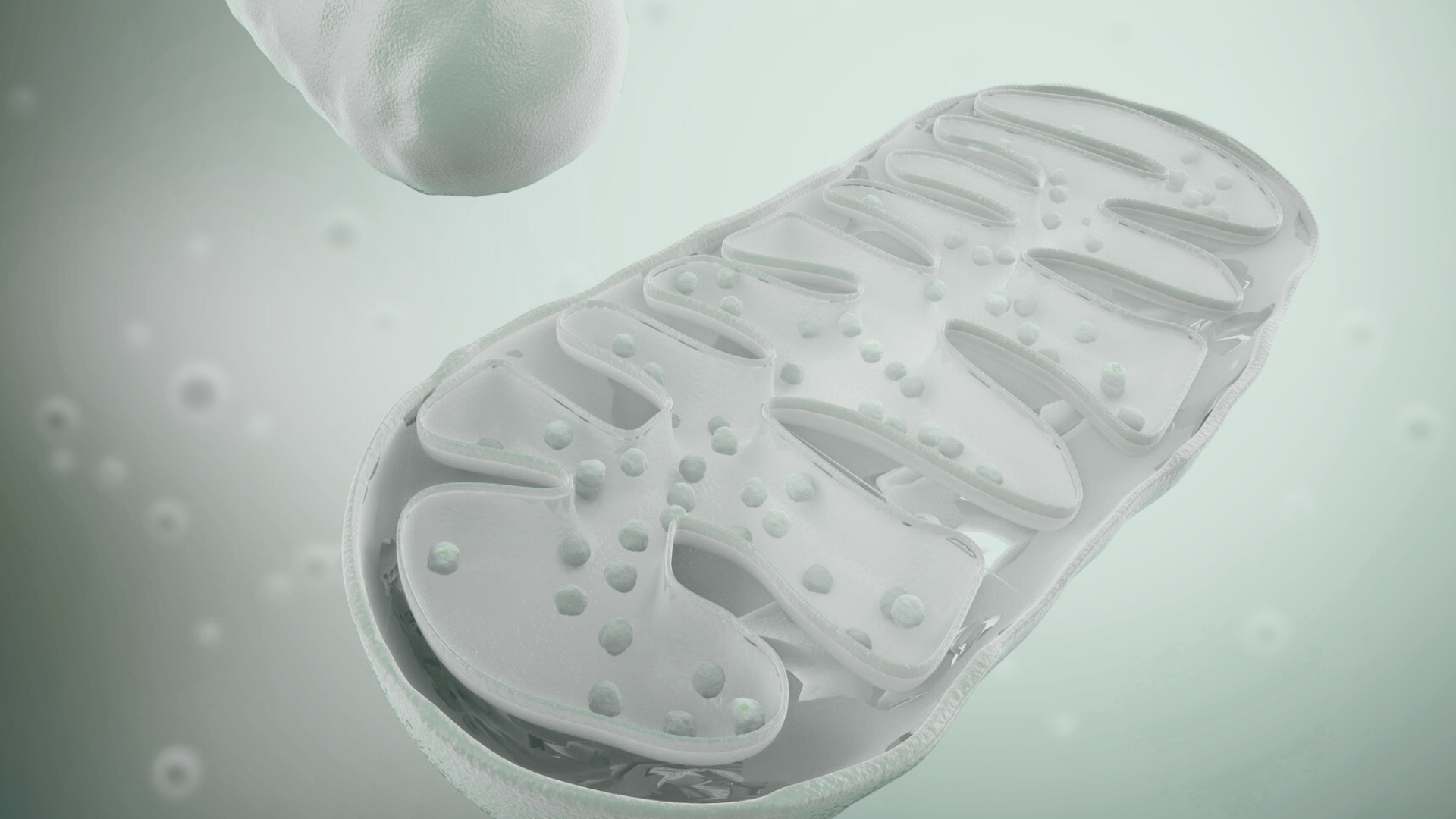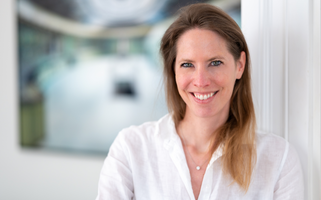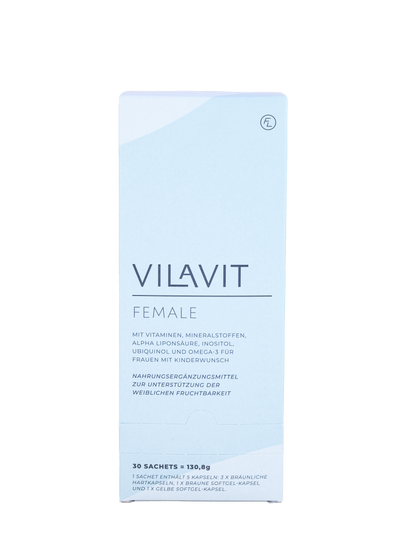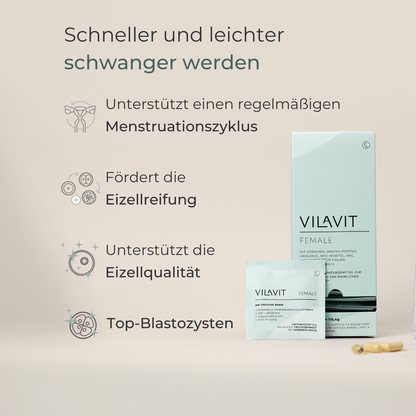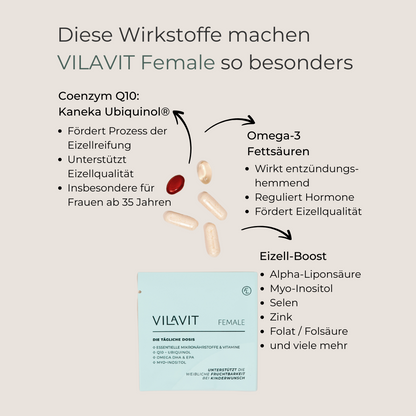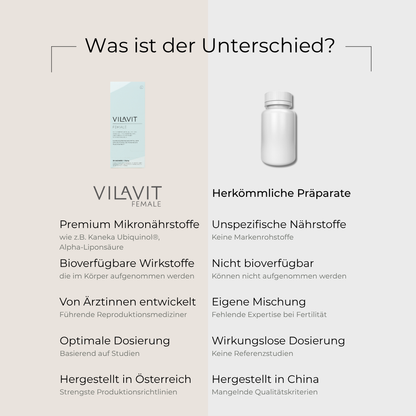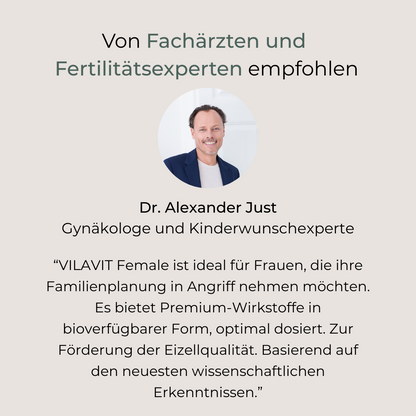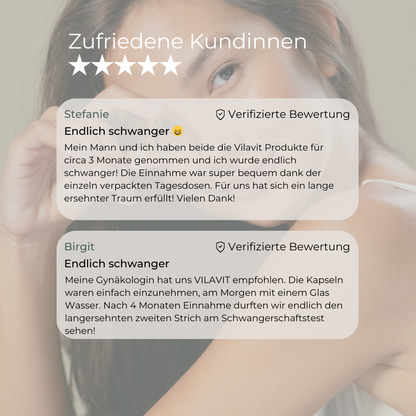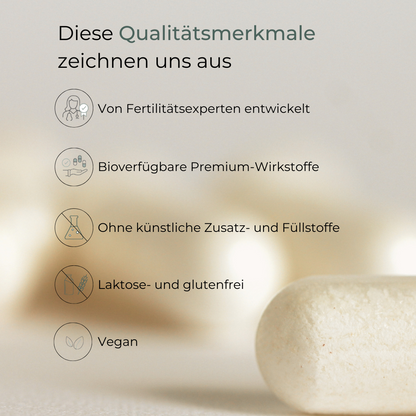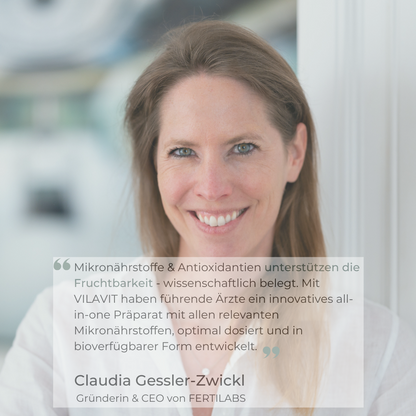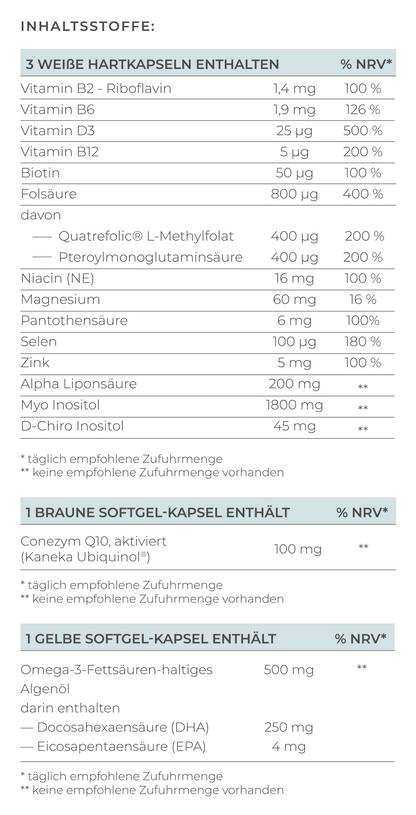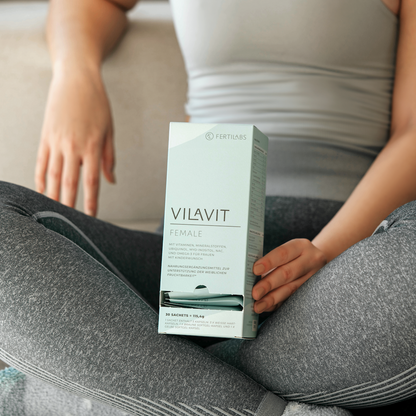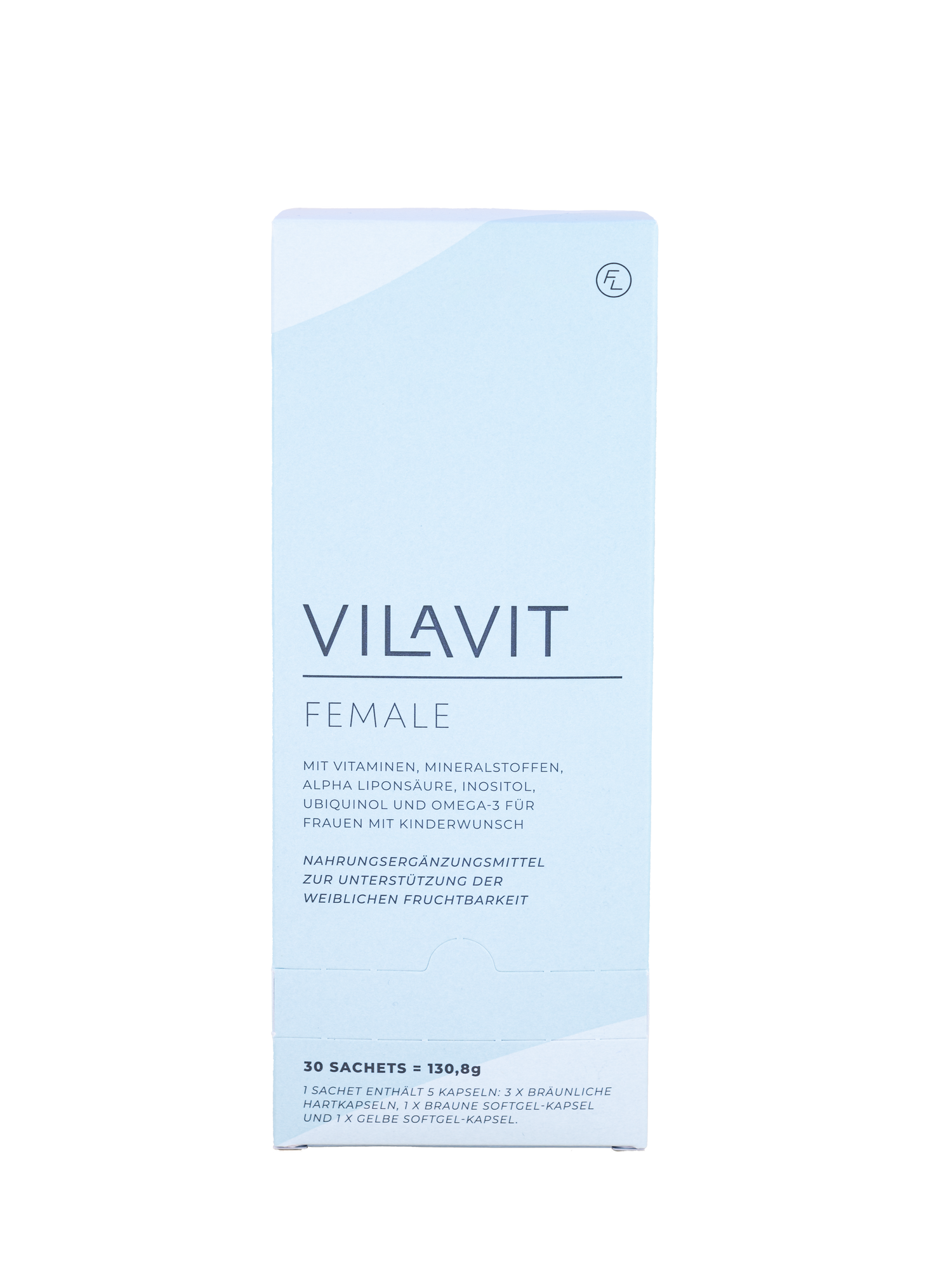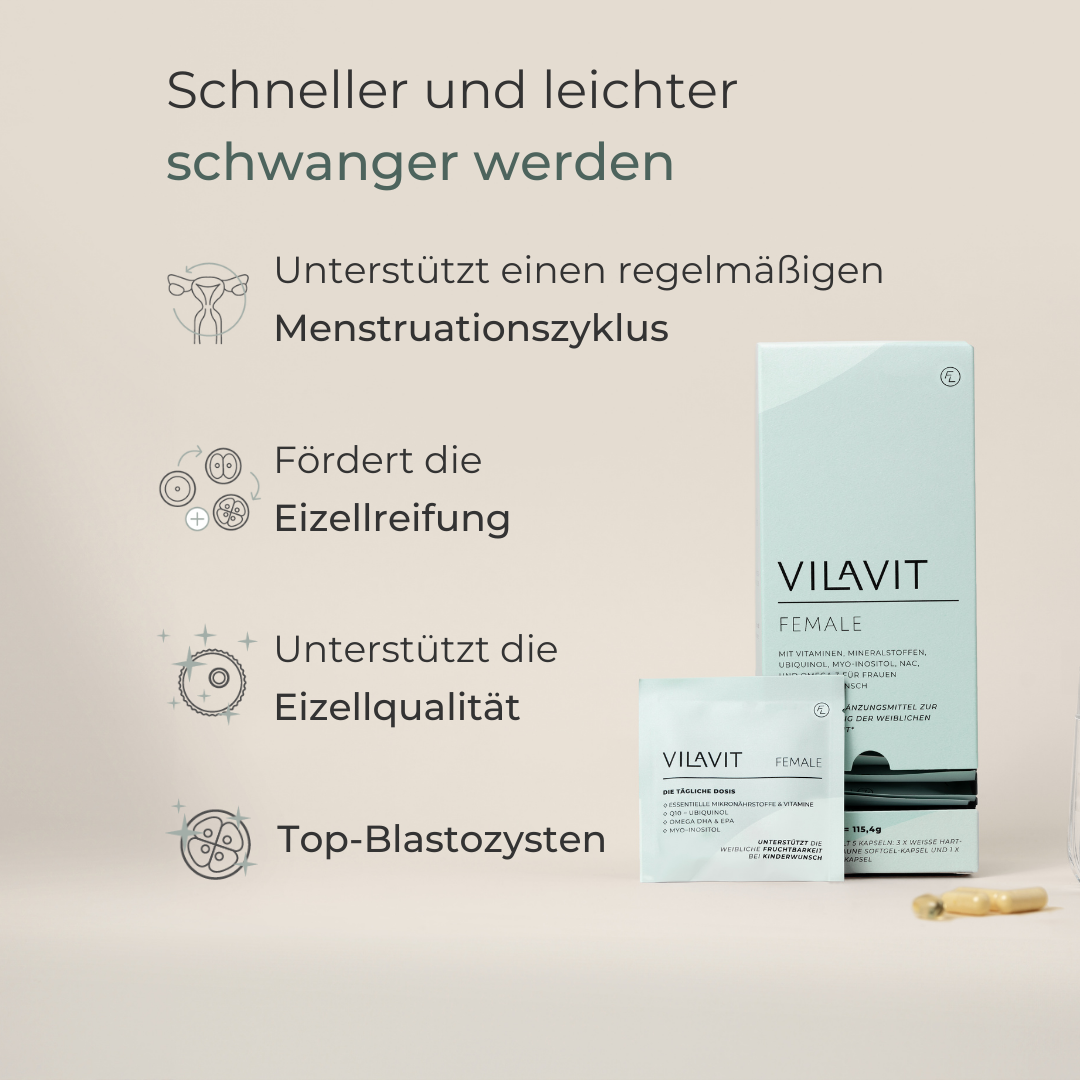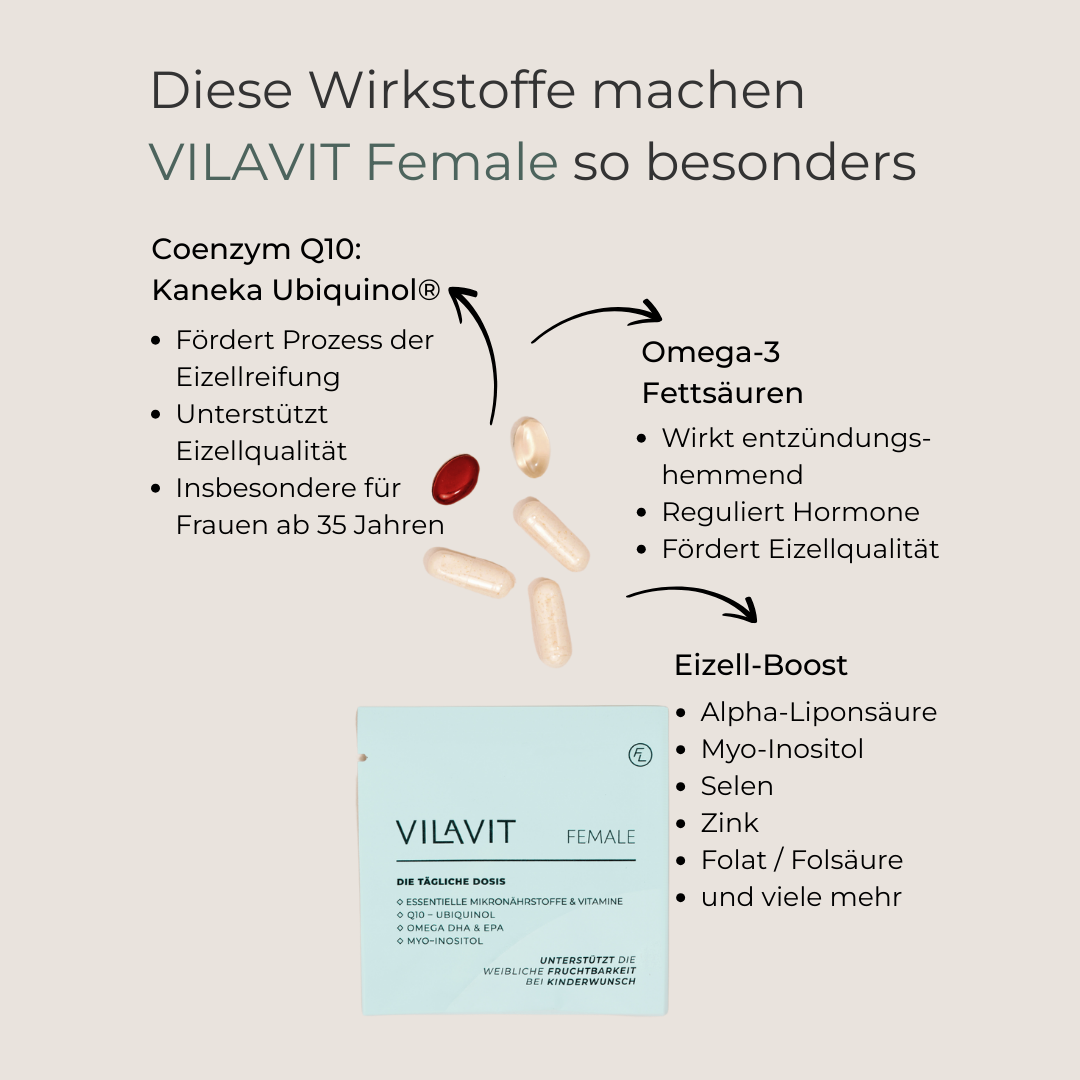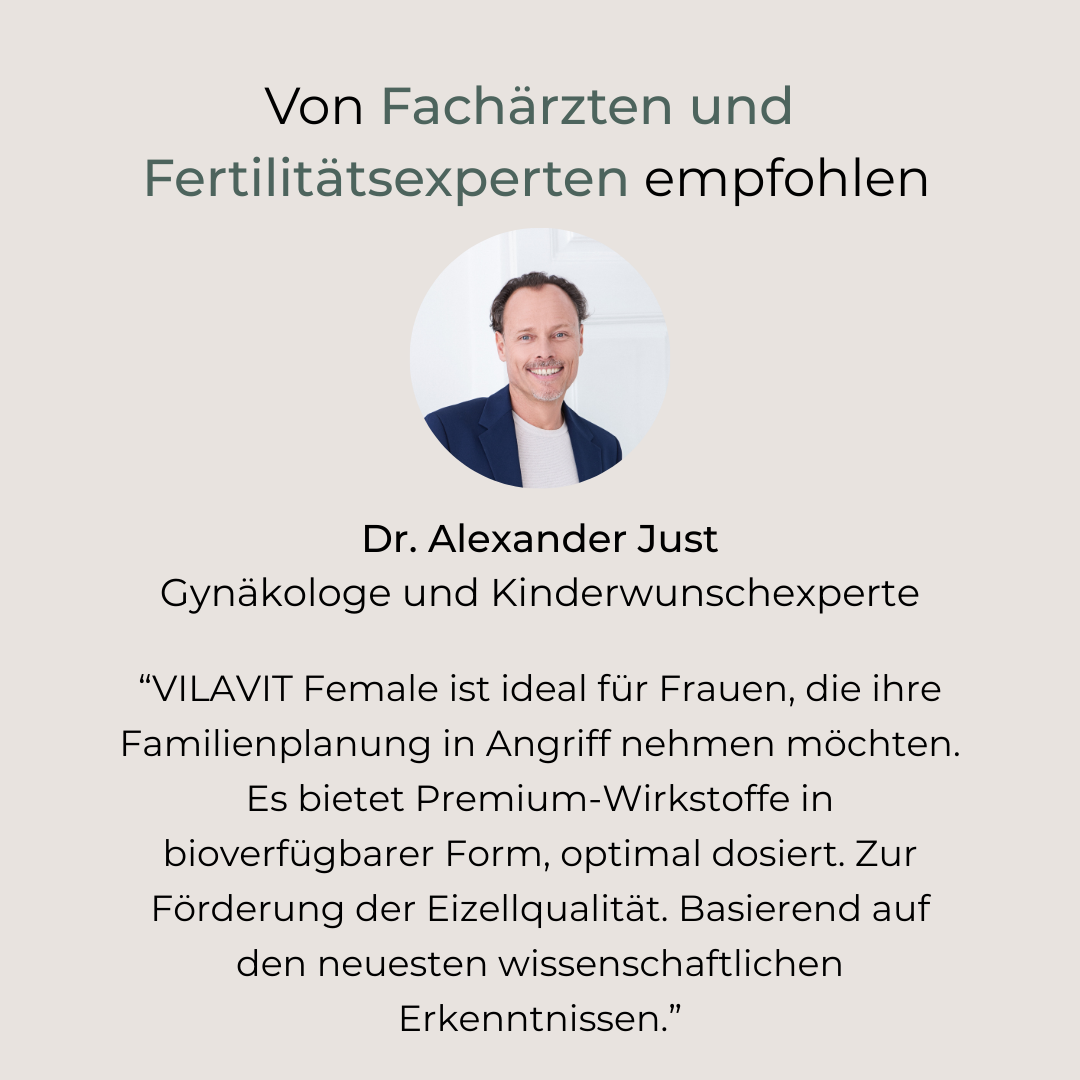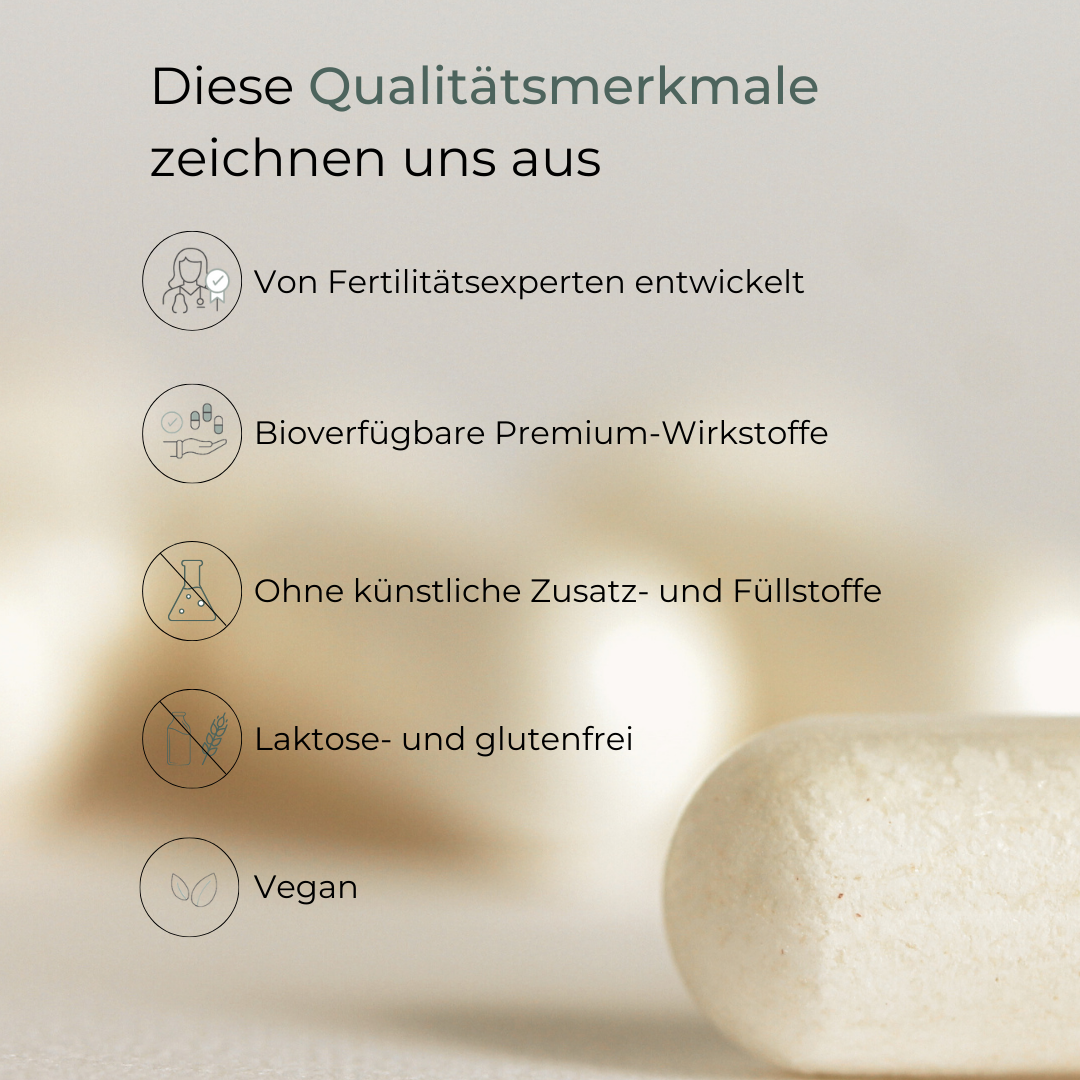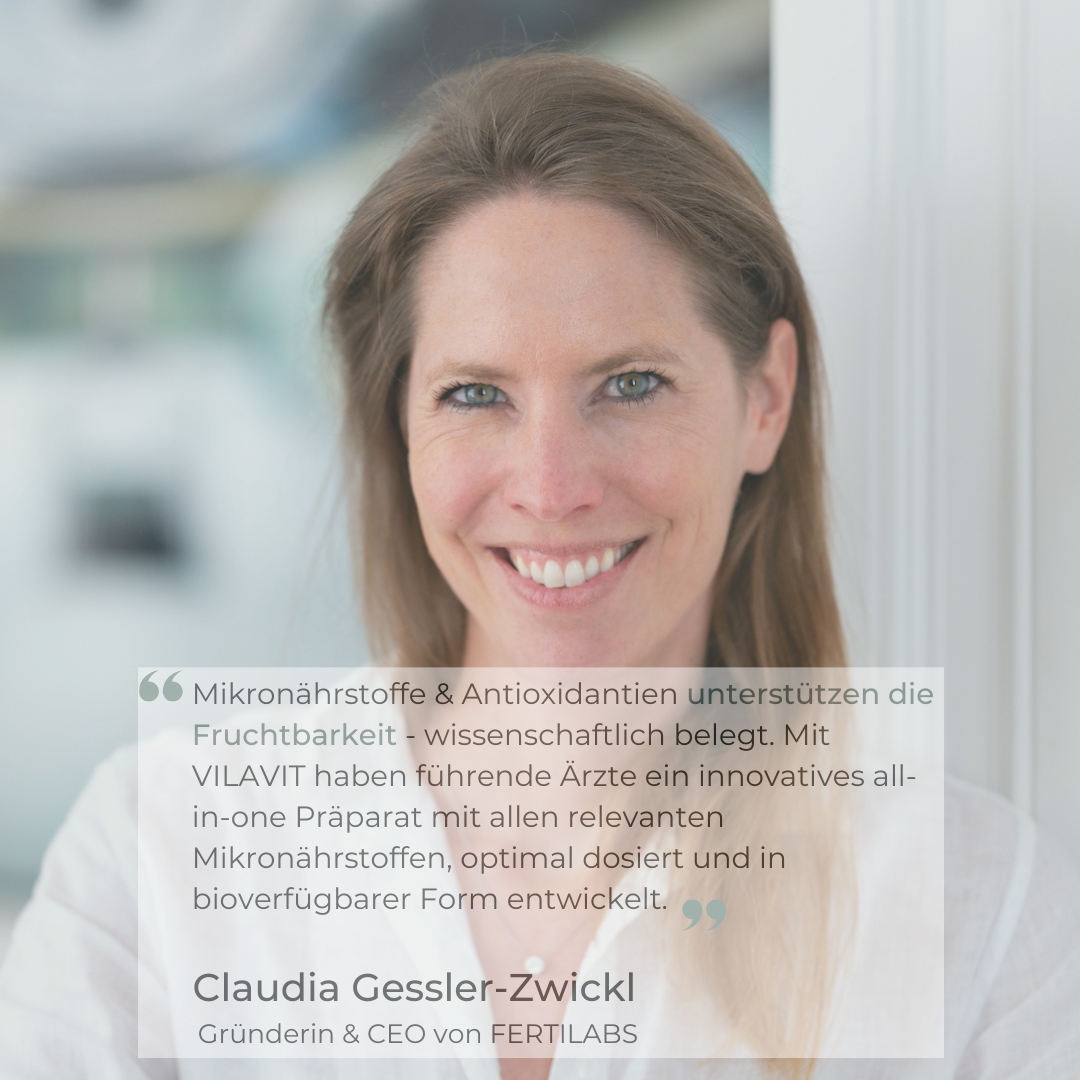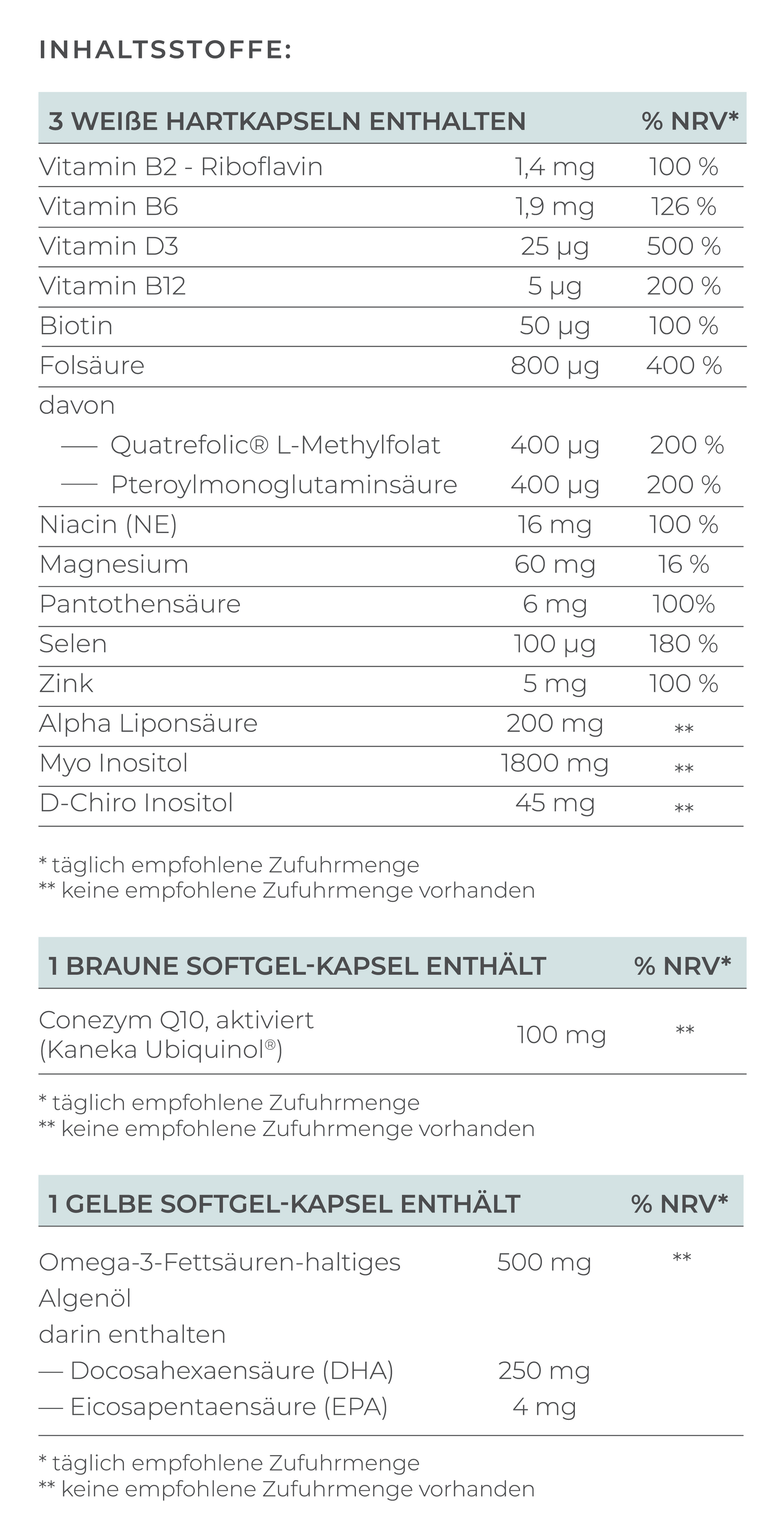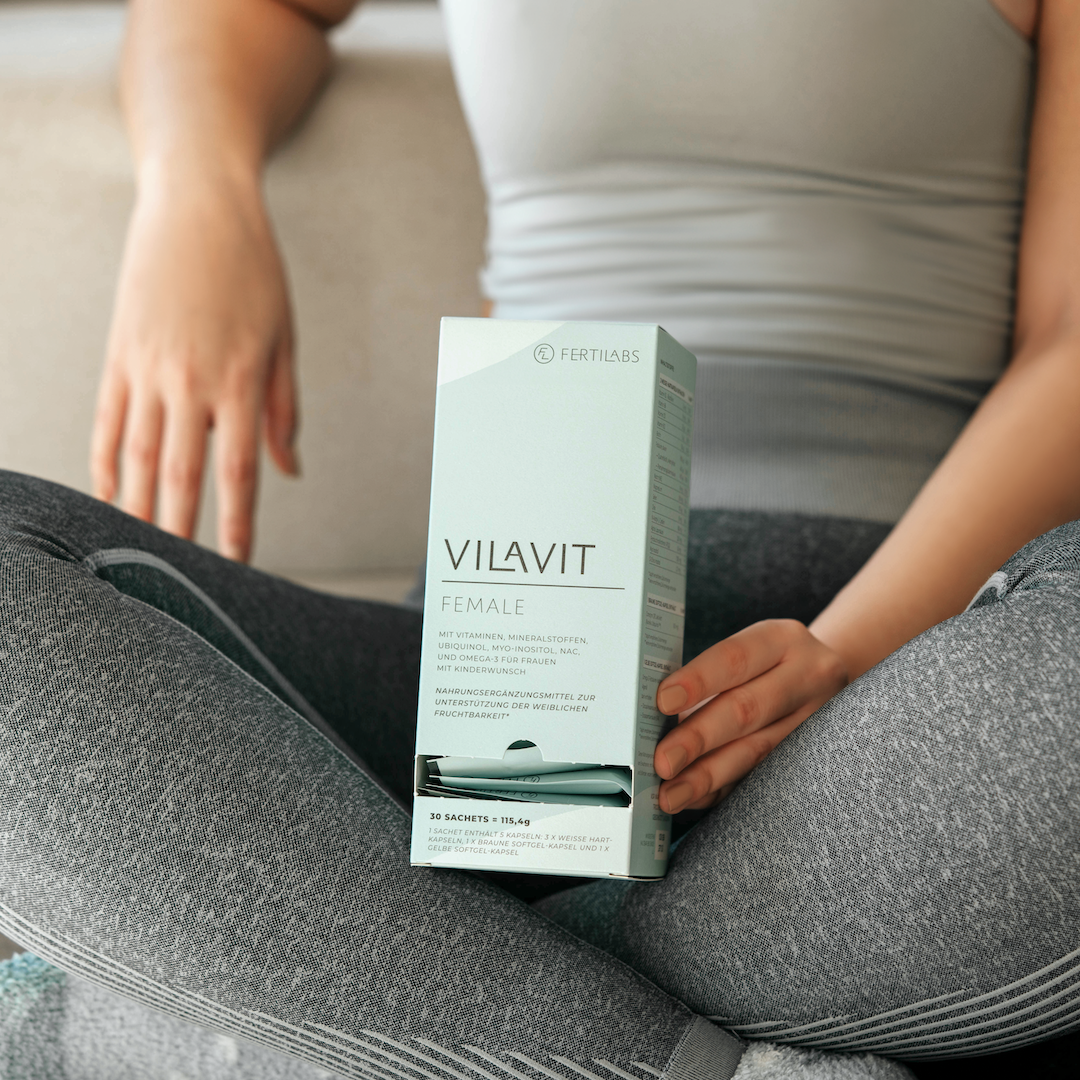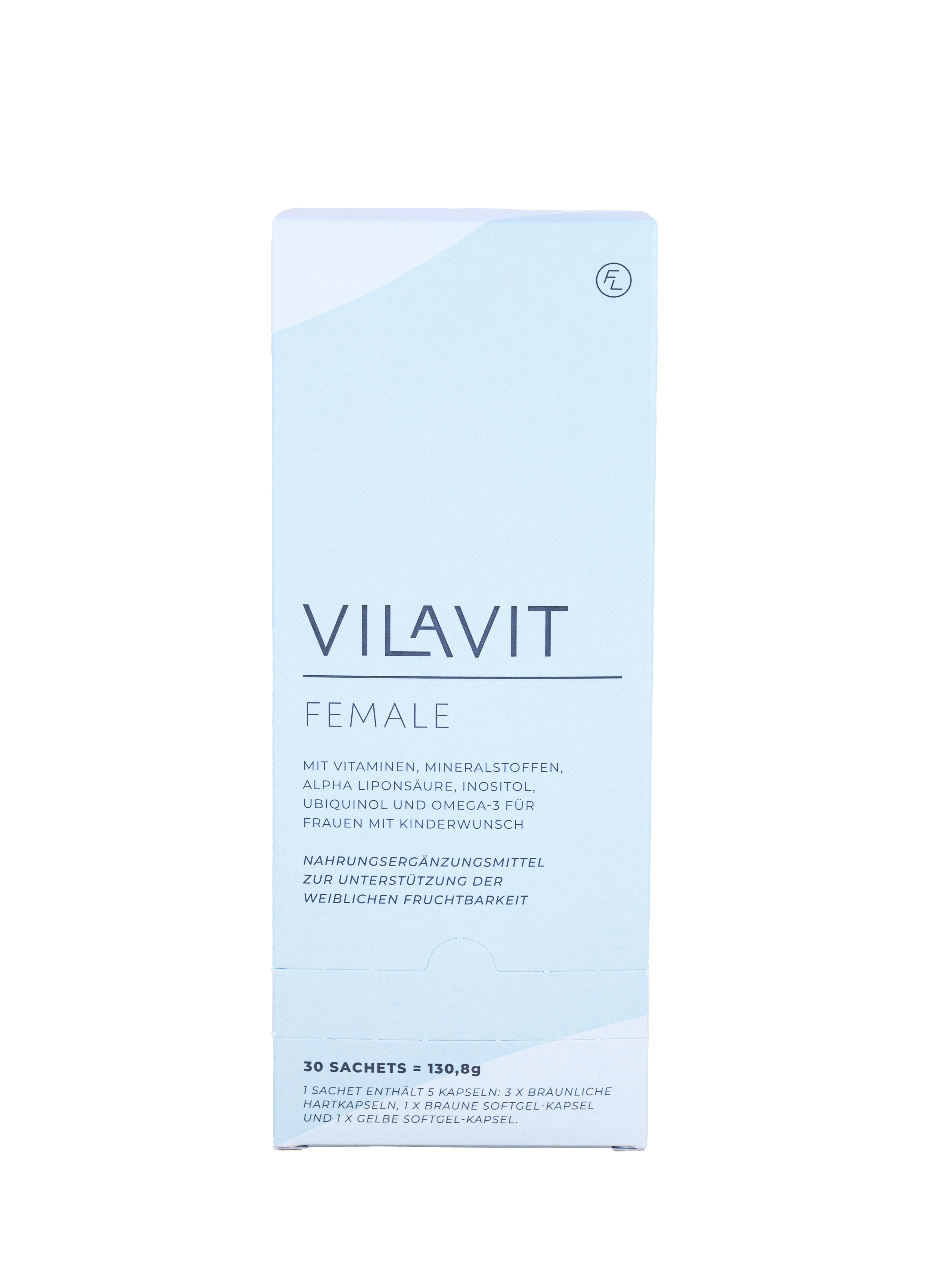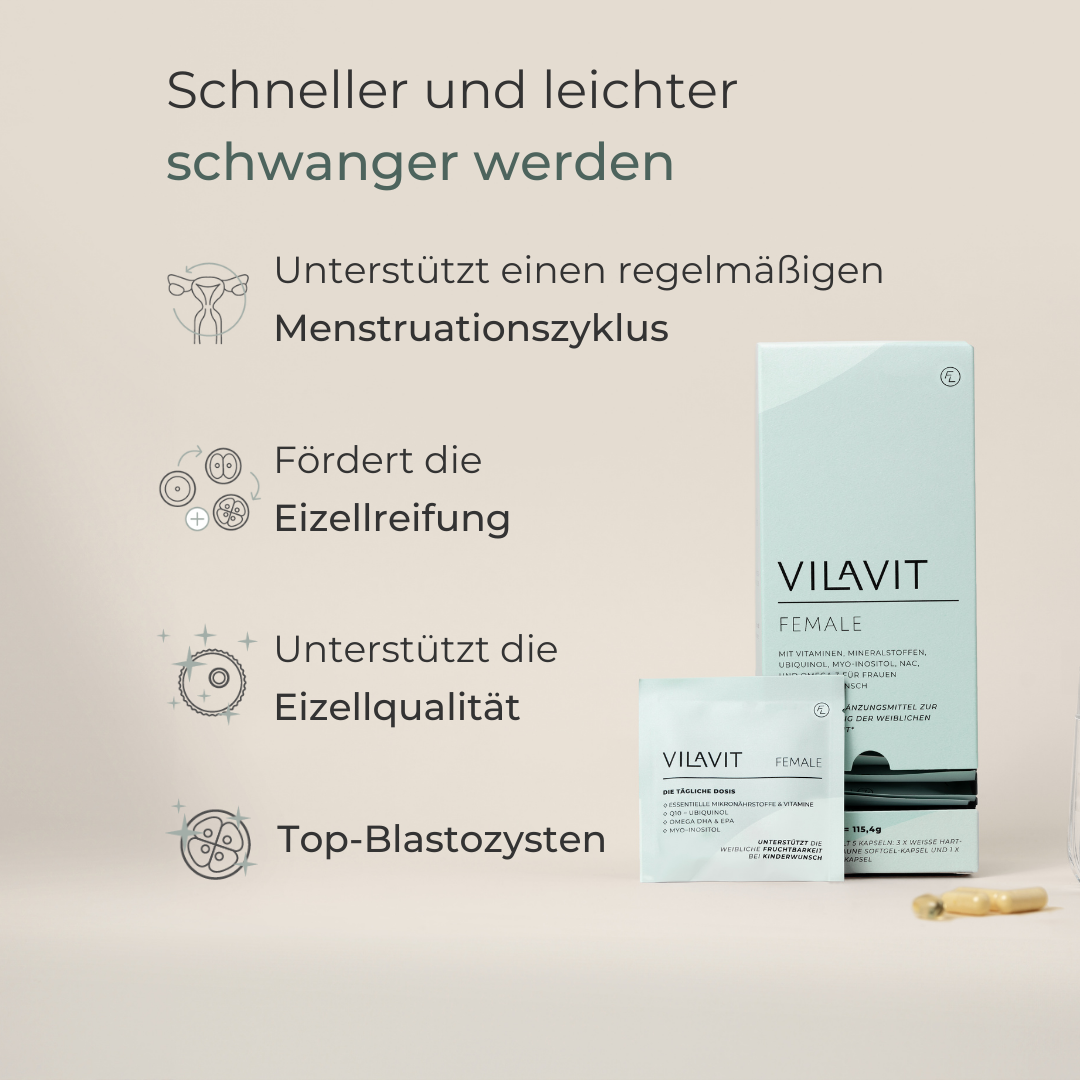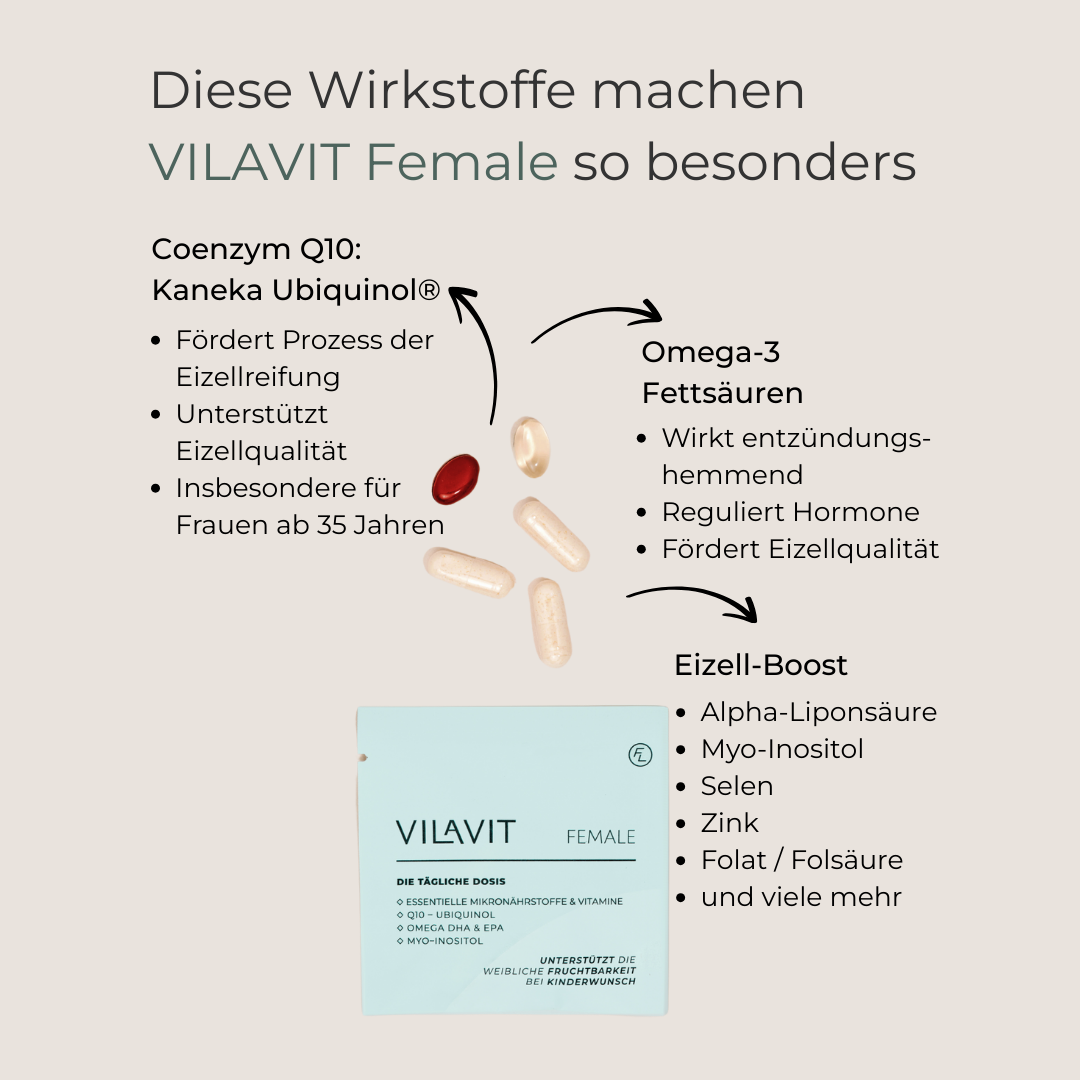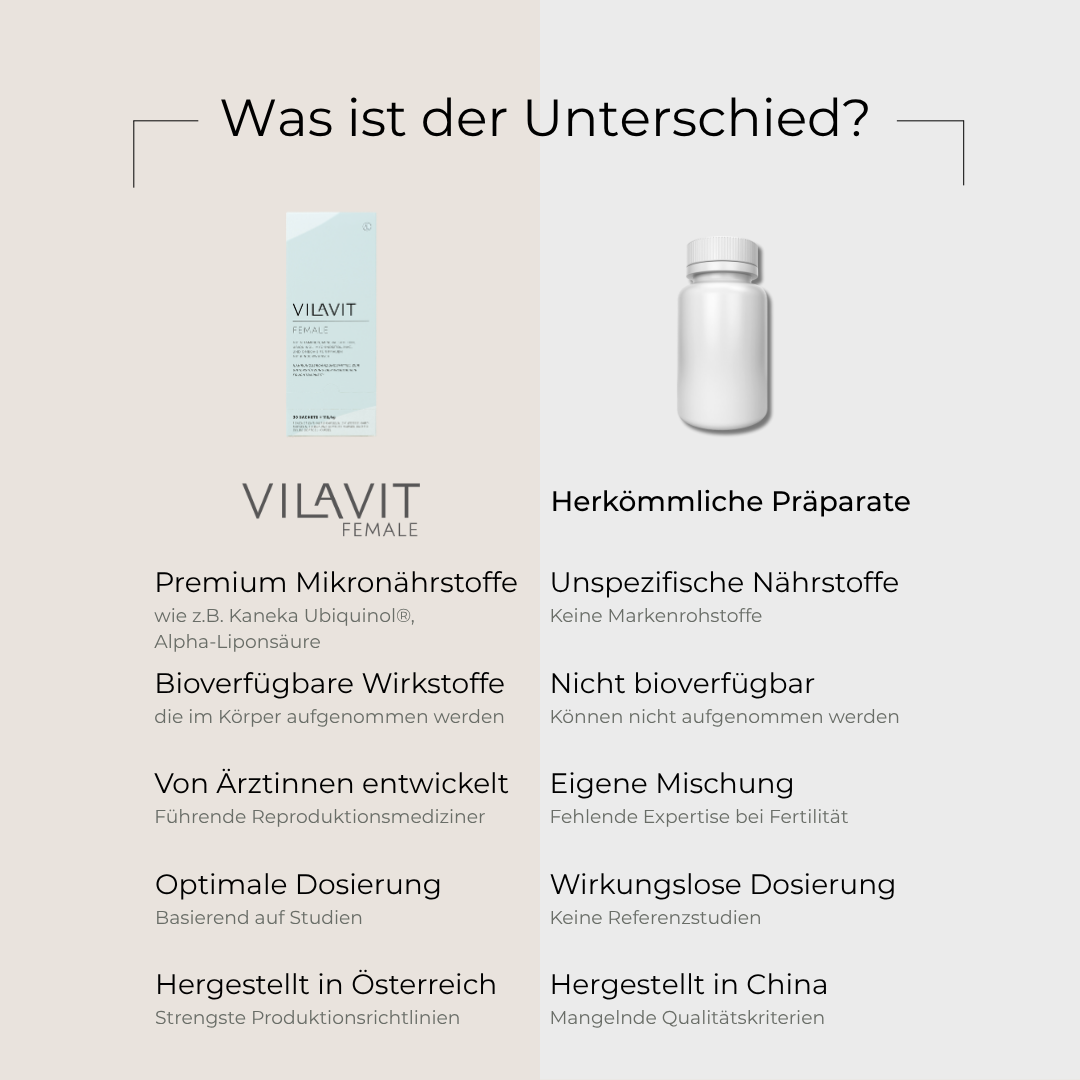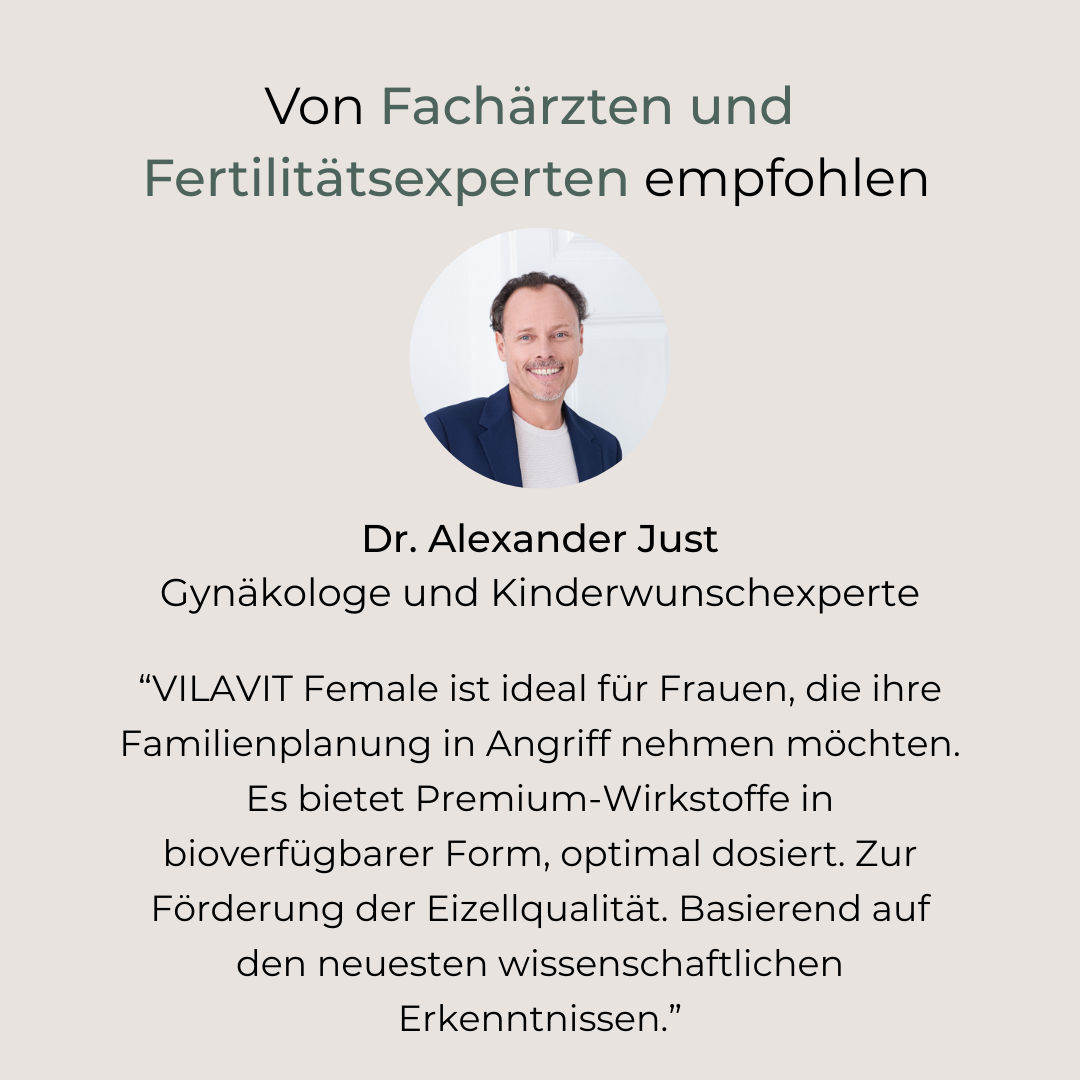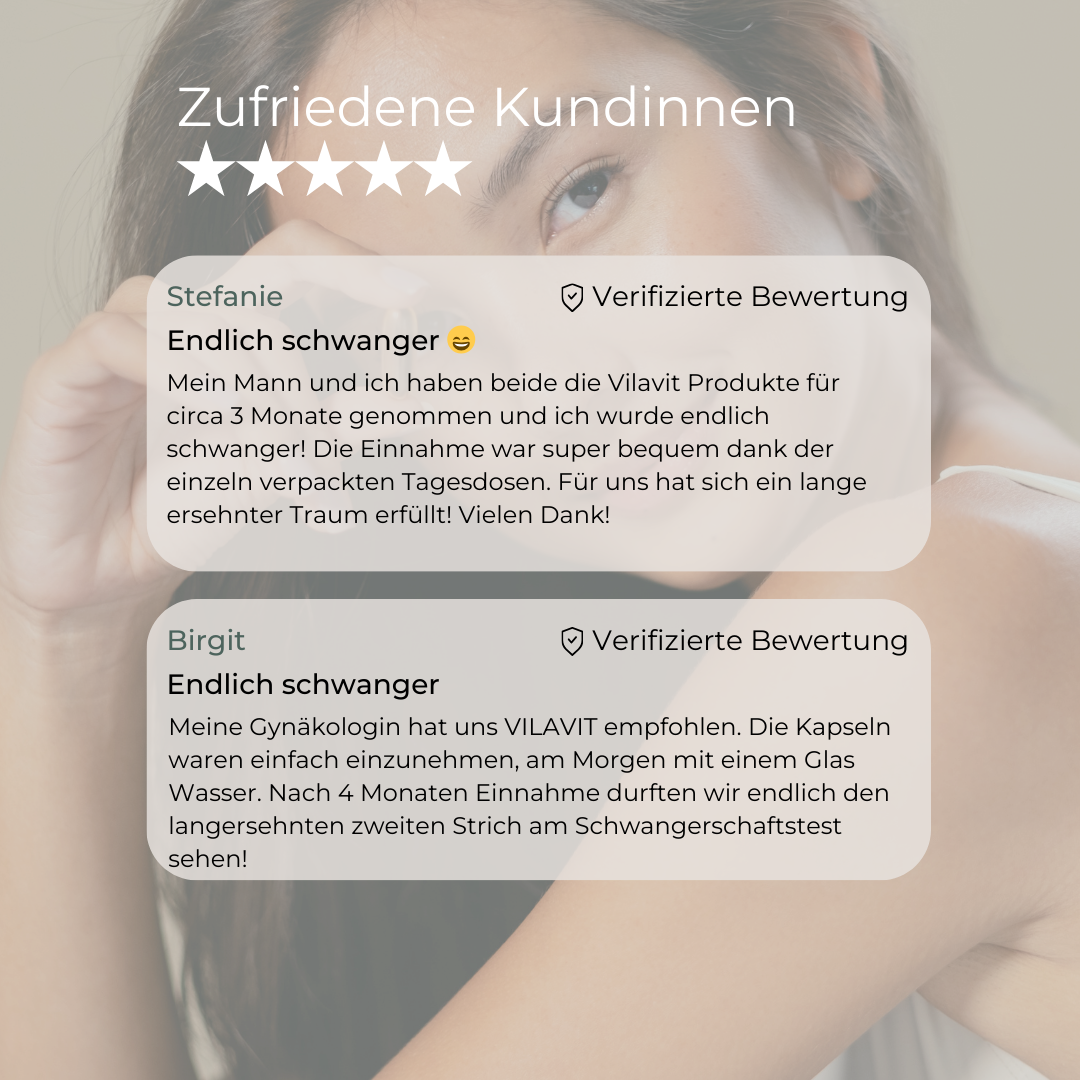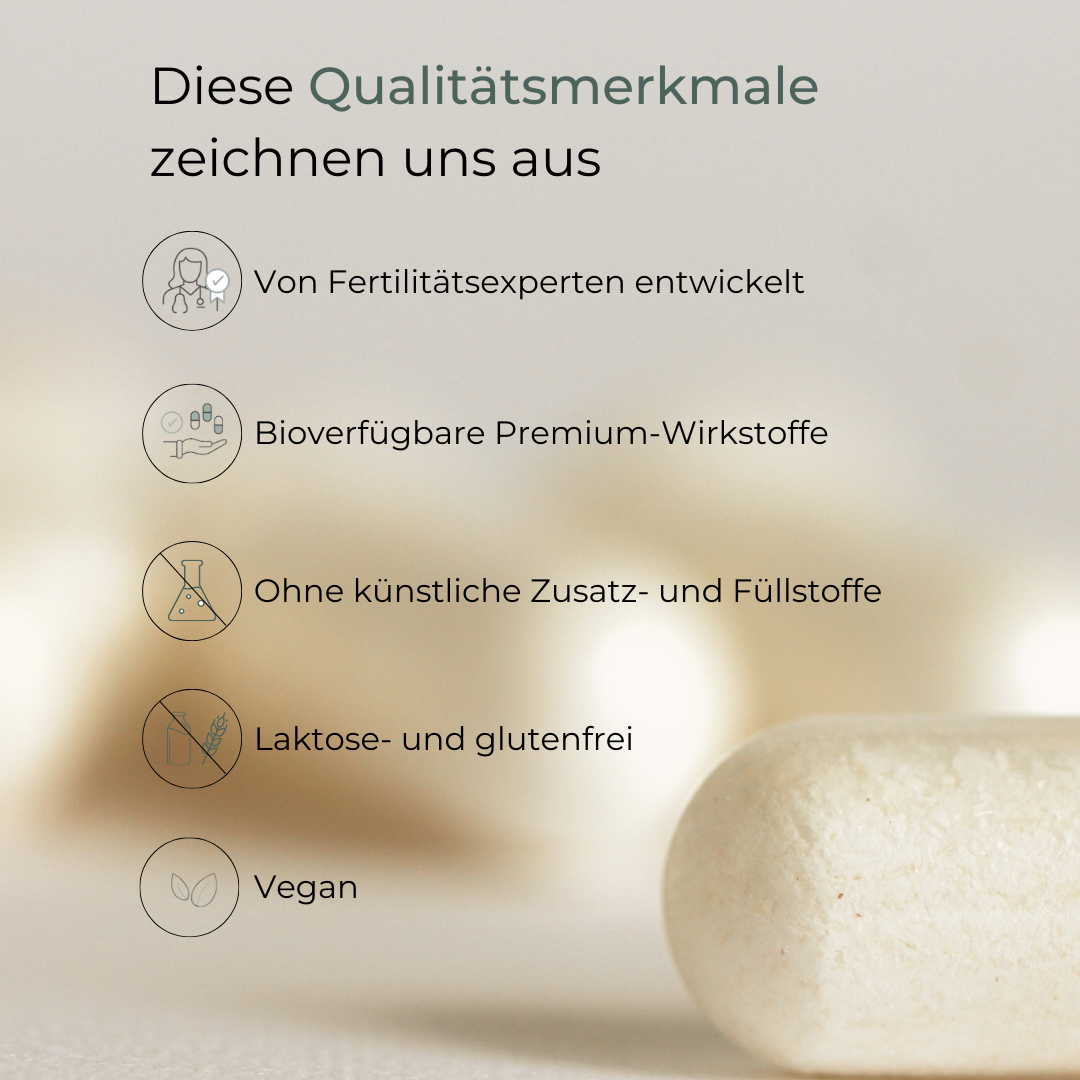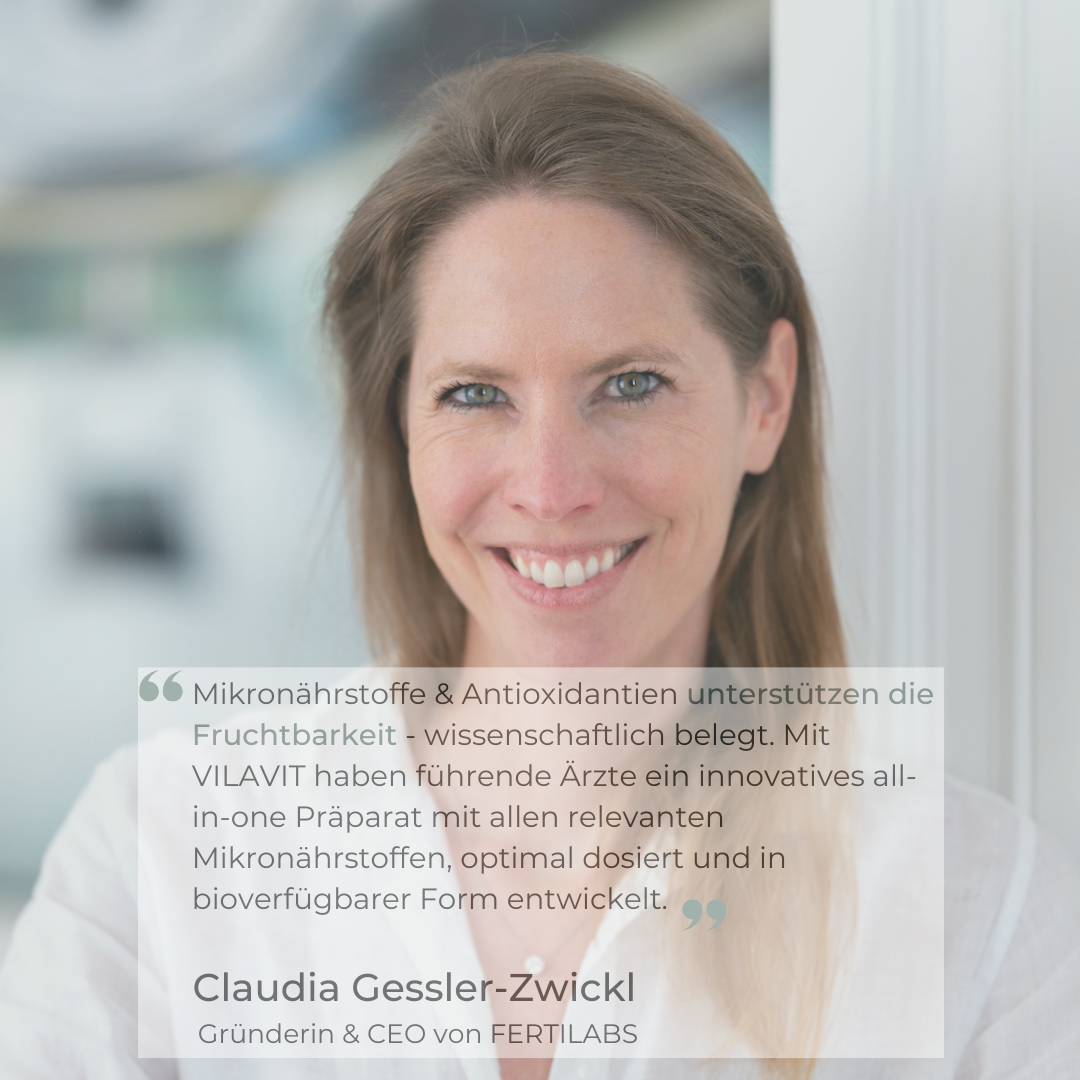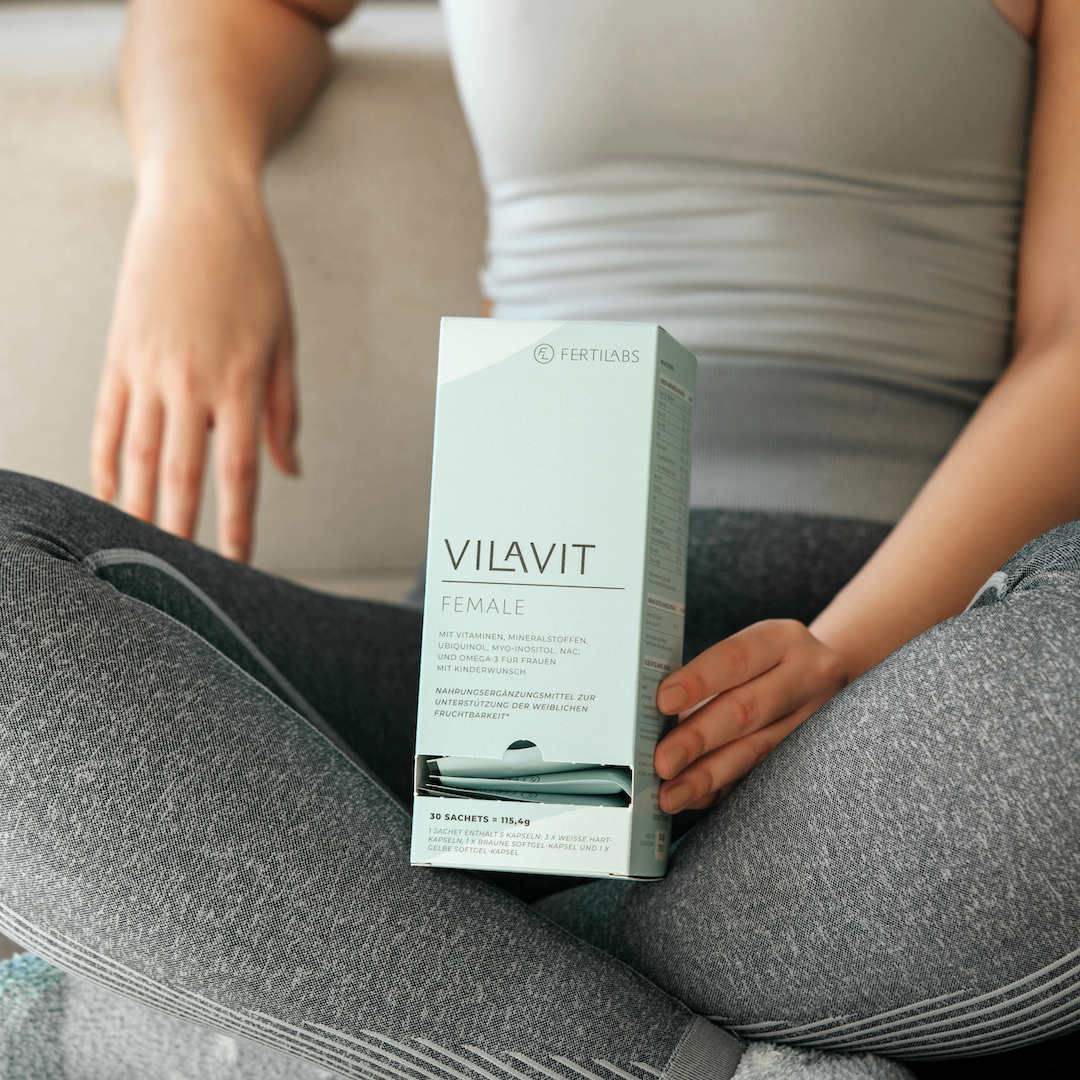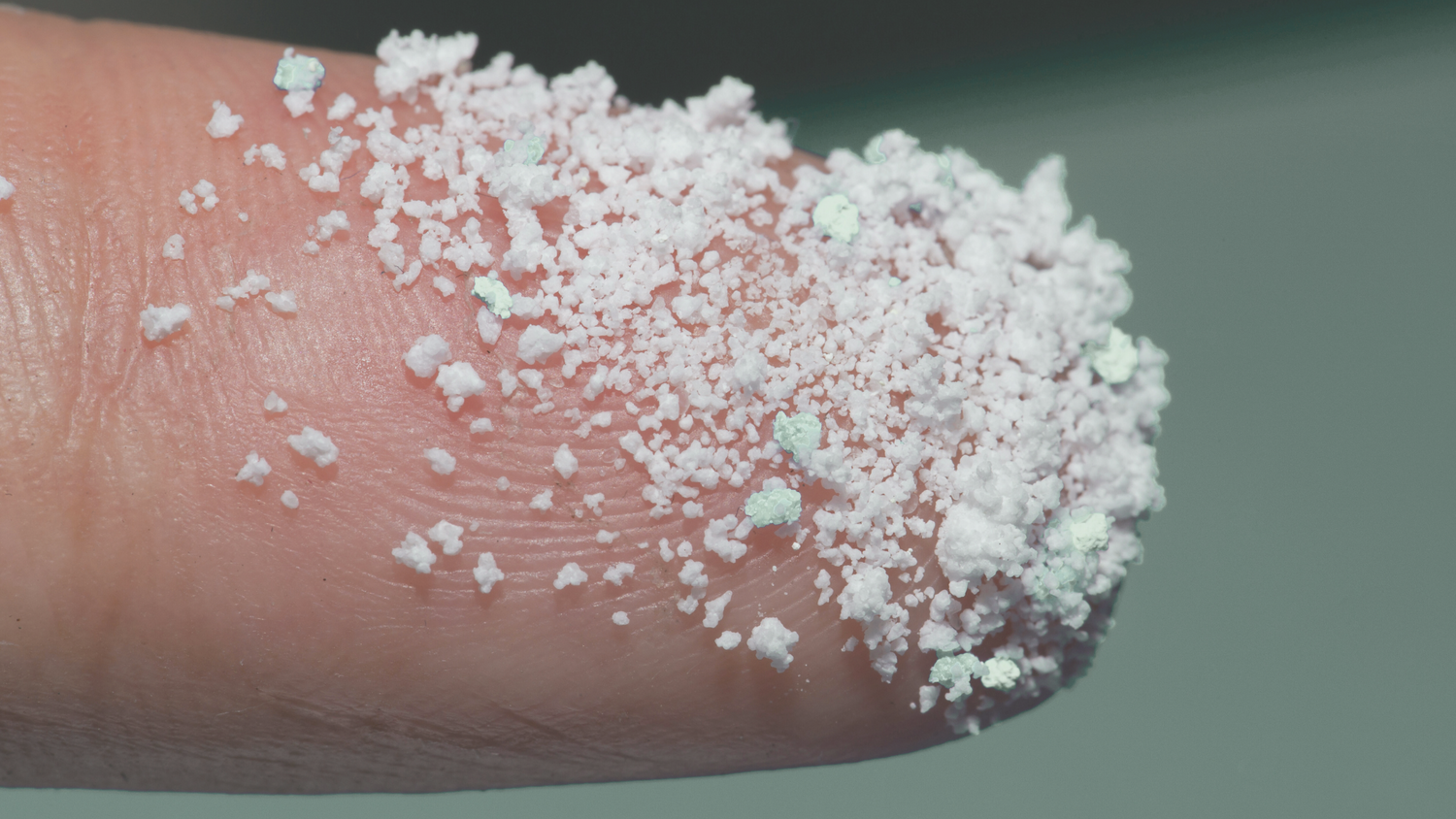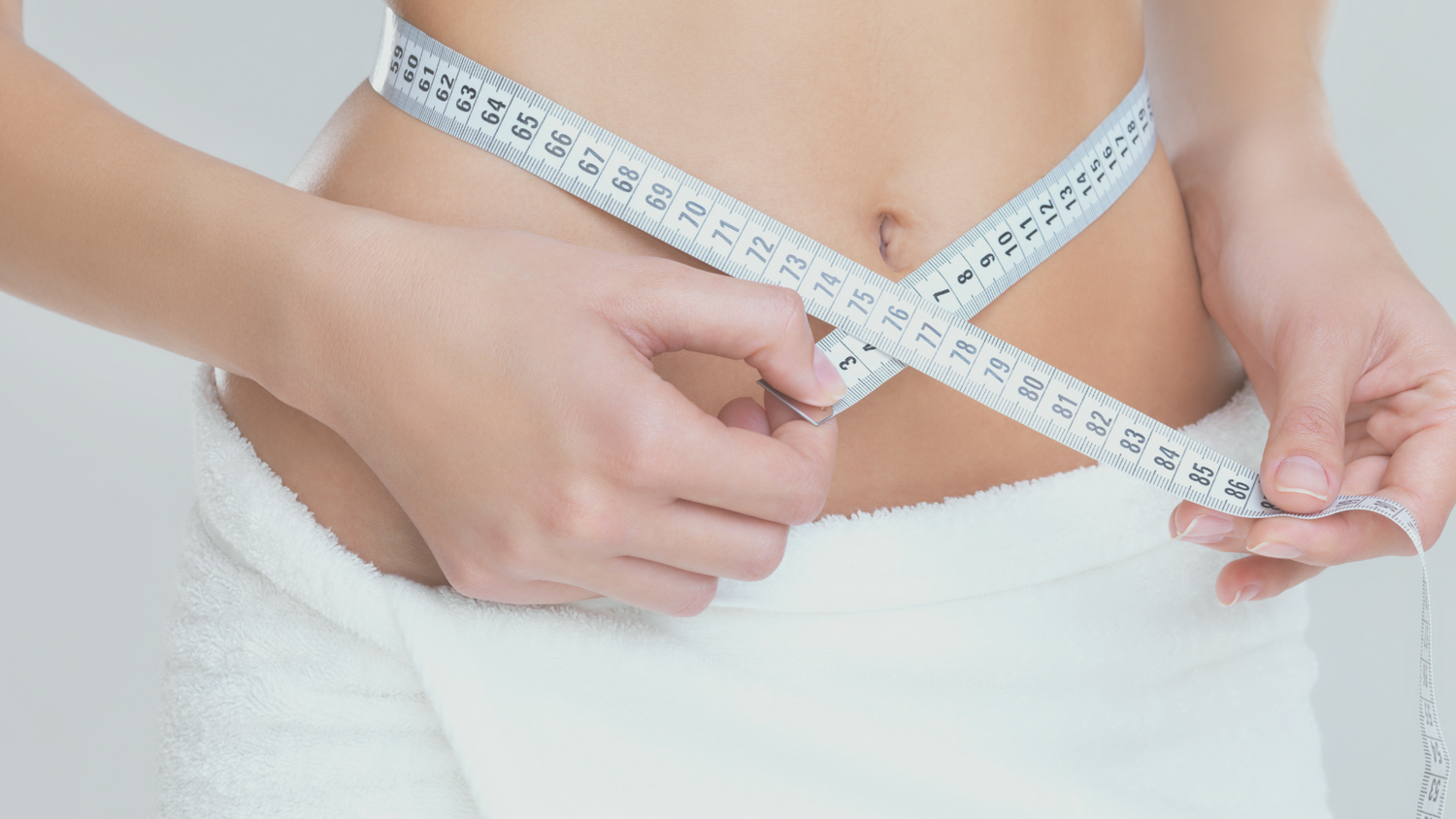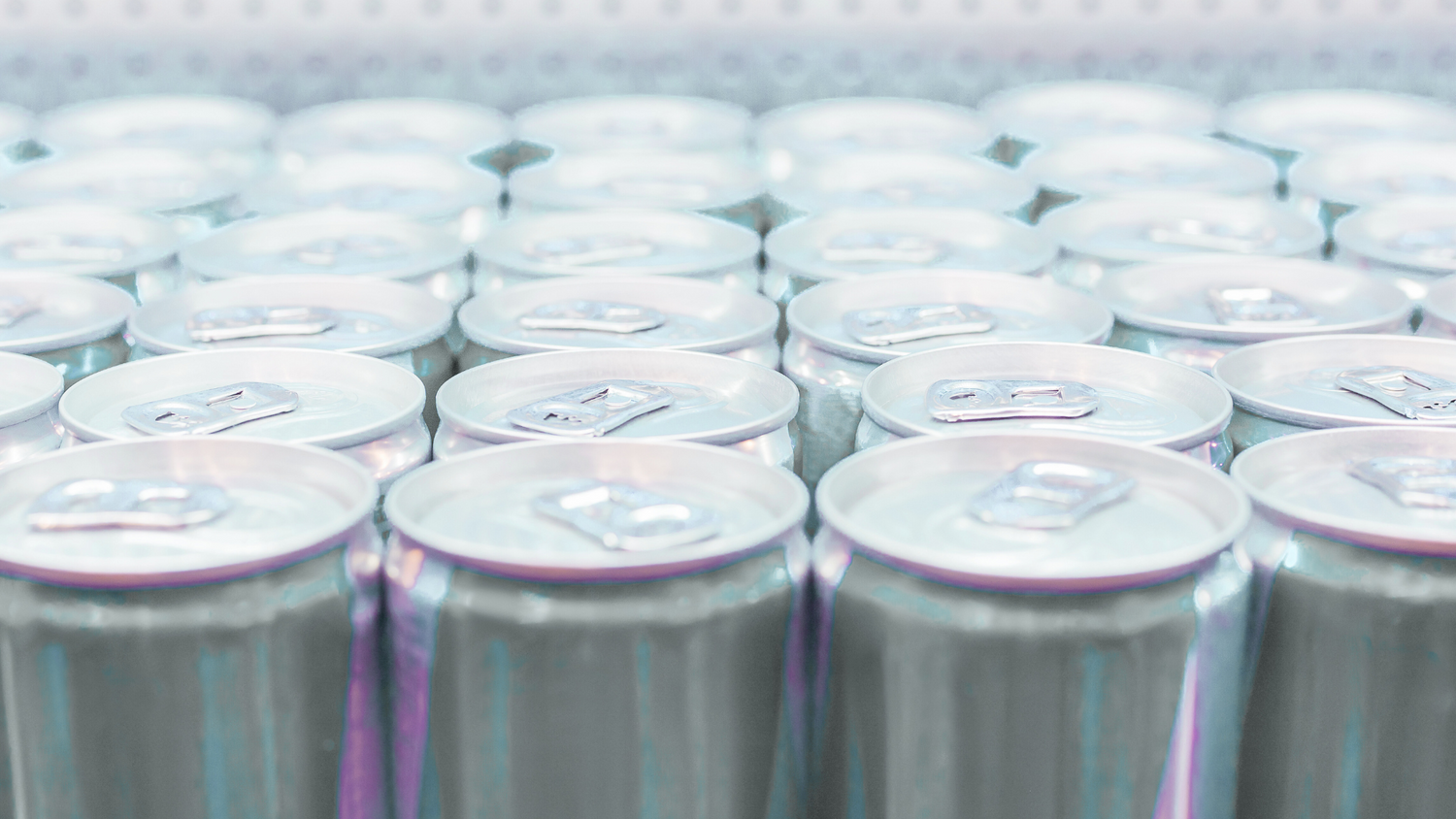The most important facts about mitochondrial donation:
-
Mitochondria are also known as the “power plants of cells” and are essential for energy metabolism
-
In mitochondrial donation, the mother's mitochondria are “exchanged” with those of a donor to increase the chances of having a healthy baby
-
New studies from the UK show positive results from mitochondrial donation
-
Babies born thanks to mitochondrial donation are also called “three-parent children”
-
Mitochondrial donation is currently not carried out in Austria and Germany due to an unclear legal situation
What are mitochondria anyway?
Mitochondria are the “power plants of the cells”, so to speak, and produce energy for our cells as required. However, they also play an important role in fighting infections, for example, and are vital components of every single cell (Andrieux, P., et al., 2021). In purely visual terms, they are bean-shaped structures with a special feature: they contain their own DNA, which children only inherit from their mother. Babies inherit all other DNA fragments from their mother and father. For this reason, women's mitochondria are given particular attention in reproductive medicine.
The influence of mitochondria on fertility
The mitochondria of the egg cell
The mitochondria of your egg cells determine whether the chromosomes of your DNA divide correctly during egg cell maturation: a decisive criterion for miscarriages or malformations of the child. In addition, a lack of energy due to damaged mitochondria can affect important processes in the egg cell and also lead to the death of the cell. Finally, the DNA of the mitochondria in an egg cell can of course already contain the predispositions for hereditary diseases (Tesarik J., et al., 2023).
The mitochondria of the embryo
Errors in the DNA of the mitochondria can lead to serious - even often fatal - diseases and miscarriages. So, if fertilization occurs despite defective mitochondria, the risk of spontaneous miscarriages and repeated implantation failure is greatly increased. Babies born with mitochondrial diseases, such as Leigh syndrome, often only have a few days or weeks to live. Unfortunately, mitochondrial diseases are currently incurable (Tesarik J., et al., 2023).
Defects in the mitochondria can therefore not only lead to serious complications but also pose a huge emotional challenge for those affected.
What is mitochondrial donation?
There are various techniques and methods for mitochondrial donation, also known as mitochondrial replacement therapy. What they all have in common, however, is that the mitochondria of the mother's egg cell are exchanged with the mitochondria of another woman (the donor). One of the most frequently used variants, which was also used in the British studies, is pronuclear transfer.
In pronuclear transfer, the mother's egg is fertilized with the father's sperm as part of an assisted reproduction method such as IVF or ICSI. In addition, an egg from the donor is also fertilized with a sperm from the same man in order to obtain two different zygotes (fertilized eggs). The healthy mitochondria of the donor zygote are then removed with the pronuclei from the donor zygote. The same is done with the maternal zygote before the healthy donor mitochondria are transferred to the maternal zygote. As a result, the maternal zygote now contains the healthy mitochondria of the donor (Sharma, H., et al., 2020).
The British “three-parent children”
In two specialist articles (to be found here and here) in the New England Journal of Medicine, doctors describe the development of 8 children born thanks to mitochondrial donation. In the studies, 22 women were offered mitochondrial donation with pronuclear transfer and a total of 8 children were born thanks to this therapy. The children are currently newborns to toddlers (over two years old). Five of these children have no mutated mitochondria, while three children have been found to have mutated mitochondria - but these are below the threshold for clinical symptoms. However, two of the babies showed abnormalities ranging from elevated blood lipid levels and cardiac arrhythmias to epileptic seizures. However, these symptoms could be treated or disappeared on their own. Overall, however, the doctors and parents involved are very pleased with the results - after all, otherwise hardly any healthy or viable babies would have been born.
Nevertheless, the authors of the study point out that the study is not complete and that the “three-parent children” need to be observed and examined further in order to assess the long-term consequences of this therapy.
Overall, however, we can only marvel at the results and hope for further positive developments!
What you can do - even without mitochondrial diseases - to improve your mitochondria
If you want to get pregnant naturally, both parents can contribute to your success:
The mitochondria of the fathers are not inherited, but they determine the ability of the sperm to fertilize an egg. Supplementing micronutrients such as coenzyme Q10 can therefore help to improve the quality of sperm. In VILAVIT Male you will therefore of course find coenzyme Q10 alongside other micronutrients that can improve your sperm quality.
The effects of maternal mitochondrial disease are much more dramatic on the baby, but women can also improve their mitochondria through targeted supplementation of, for example, ubiquinol, a bioactive form of coenzyme Q10. For this reason, we have taken special care to include high-quality Kaneka Ubiquinol® in VILAVIT Female. Ubiquinol supplementation is also very important for women during artificial insemination - the dosage of VILAVIT Female is also ideal for this.
Frequently asked questions about mitochondrial donation
What is mitochondrial donation?
Mitochondrial donation is a procedure in which defective mitochondria from the mother are replaced with healthy mitochondria from a donor. The aim is to increase the chance of having a healthy child.
Why is it called a “three-parent child”?
The term comes from the fact that the child inherits the nuclear DNA from its mother and father, just like other children. However, the mitochondrial DNA - which incidentally has no influence on the appearance of the child - is inherited from a donor by these “three-parent children”.
Why are mitochondria important for my fertility?
Mitochondria supply the cells with energy - including the egg cells. They need the energy so that the chromosomes divide correctly during egg maturation. Furthermore, mitochondria ensure the correct development and nourishment of the embryo, that grows into the fetus and later newborn. Faulty mitochondria can therefore lead to malformations, genetic diseases or miscarriages.
What diseases can be caused by defective mitochondria?
These diseases usually affect parts of the body such as the nervous system, heart or muscles, as they require a lot of energy. All diseases caused by mitochondrial disorders are currently considered incurable.
Is mitochondrial donation permitted in Austria or Germany?
The legal situation is currently unclear, which is why mitochondrial donation is not (yet) being carried out.
Can I improve my mitochondria without donating?
Yes! Both men and women can support the quality of their mitochondria and thus their fertility by supplementing with coenzyme Q10 or ubiquinol. You will find the optimum dosage in VILAVIT Female and VILAVIT Male.
References
- Andrieux, P., Chevillard, C., Cunha-Neto, E., & Nunes, J. P. S. (2021). Mitochondria as a Cellular Hub in Infection and Inflammation. International journal of molecular sciences, 22(21), 11338.
- Tesarik, J., & Mendoza-Tesarik, R. (2023). Mitochondria in Human Fertility and Infertility. International journal of molecular sciences, 24(10), 8950.
- Sharma, H., Singh, D., Mahant, A., Sohal, S. K., Kesavan, A. K., & Samiksha (2020). Development of mitochondrial replacement therapy: A review. Heliyon, 6(9), e04643.
- Bartens W. (2025, July 16). Wie es den ersten Drei-Eltern-Babys geht. Süddeutsche Zeitung


